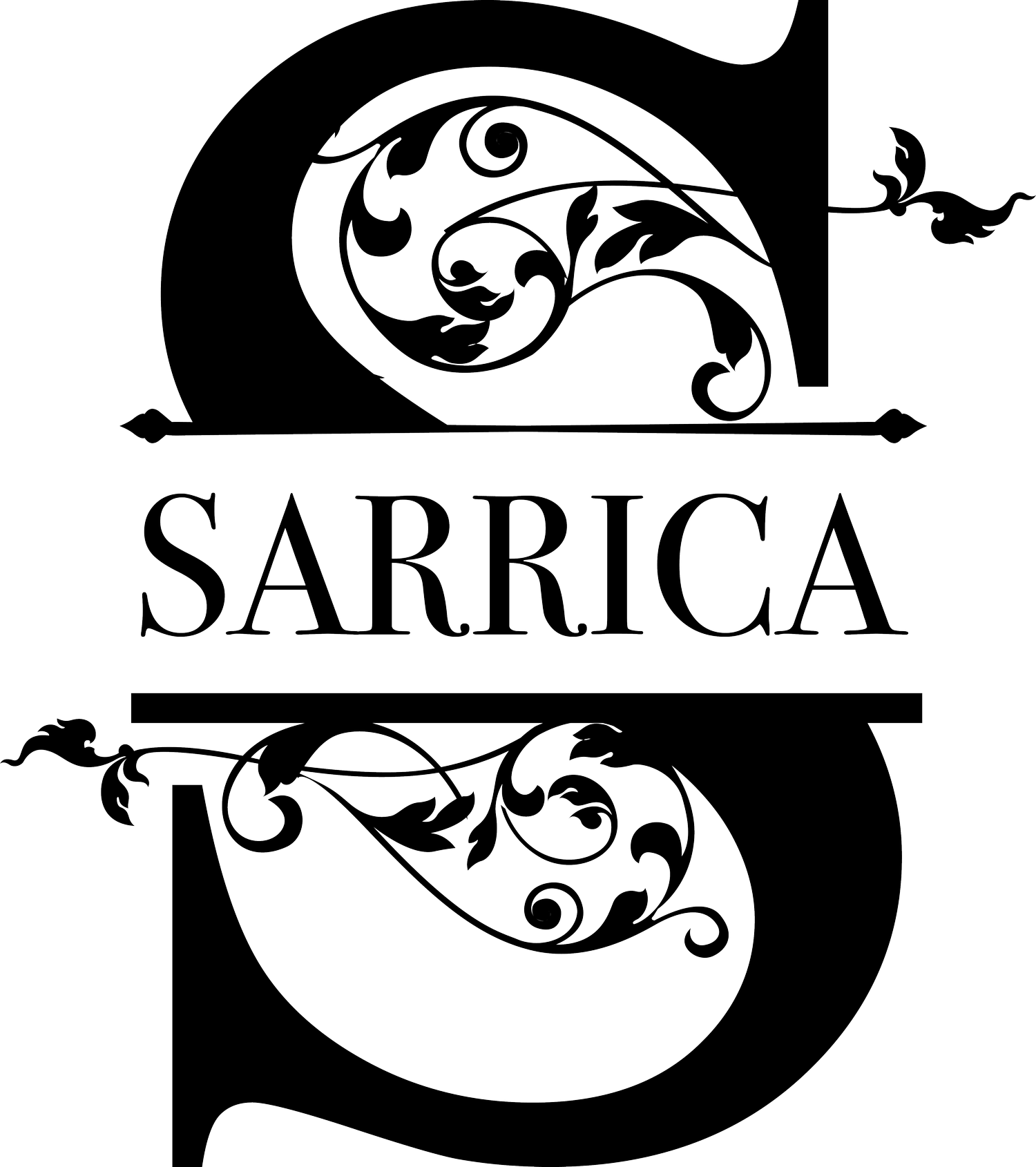Classic Postural Deviations
We’ve all heard the words “fix your posture” or “stand up straight”! Most people instinctively arch their backs, push their chest out and squeeze their shoulders back. But is that appropriate for every postural problem? Below we discuss several “classic” postural deviations. Can you spot your own issues here?
The ideal or “Neutral posture” has an imaginary line down the “center” of the body, (where the weight of the body is held) as gravity pulls us to the ground. That line should fall down the center of the lumbar spine. If our center of gravity falls in front, we will bend too far forward. If it falls behind, we will bend backwards. Our body compensates to achieve this balance.
Here are a few examples of “sagittal” plane postural deviations. These are misalignments that can be seen from the side view of the body.
Swayback Posture
Common in Runners, ballerinas, sedentary individuals, older individuals. These individuals have a hard time standing without leaning against a wall or some object for support. They may stand with feet far apart and arms crossed over their chest. They tend to not lean forward enough when going from a sit to stand position. The head is forward, with a long rounded midback (kyphosis) and they commonly have a tight and sunken chest. The ribcage is pulled forward by the tight upper internal obliques. The external obliques are elongated and the hips are hyperextended and the pelvis sits far forward (weak psoas muscles). The dominant rectus abdominis muscle tilts the pelvis backwards and flattens the lumbar spine. The hips being maximally extended inhibit the glutes, and the hamstrings become the dominant and tight hip extensors, further tilting the pelvis backwards. The key feature of this posture is that the midback (thoracic spine) “sways back” to counteract the forward sway of hips, with pelvis tucked and leaning into the front of the hips.
Flatback Posture
Flatback posture presents with a decrease in the natural curves of the spine. The normal spinal curves help balance out the forces and shock that the spine must absorb, so they are very significant! Both mid and low back flatten, with the pelvis tucked underneath. The head sits forward and shoulders slouched. Usually, there is an overall forward tilting of the entire body, best felt when trying to stand against a wall. The back muscles have to work hard to keep the body upright and become tight, and the front/abdominal muscles become underused. The weight of the body is shifted over the balls of the feet, contributing to toe pathology such as mortons neuroma, hallux rigidus and metatarsalgia. In flatback posture the midback is flattened and “locked” in extension usually due to an attempt to keep the head and shoulders upright.
Kyphosis- Lordosis Posture
This posture is common in athletes with tight hip flexors, gymnasts, football lineman, pregnant woman, majorettes, aerobic participants, and children. They present with increased cervical lordosis (tight neck extensors, weak neck flexors), increased thoracic kyphosis, short sunken chest muscles, elongated and weak upper back muscles, and increased lumbar lordosis (concave). Tight lumbar extensors may contribute to that anterior tilt as well. Tight hip flexors/quads pull the pelvis into an anterior pelvic tilt (further pulling the spine into lordosis). Weakened abdominals can’t oppose as a result.
If you think you may have one of these postural imbalances, or would like to have your posture evaluated, come in for a consultation with one of our physical therapists at Sarrica Physical Therapy & Wellness. We would love to help you come up with a treatment to restore correct alignment and relieve pain associated with this pathology. We can be reached at 347-560-6920.
Shiri-lee Uriel PT, DPT, CSCS
Doctor of Physical Therapy
Sarrica Physical Therapy &Wellness

